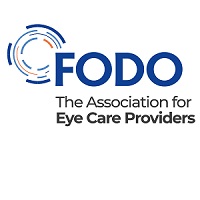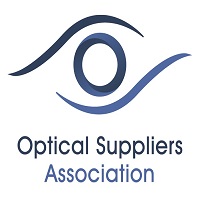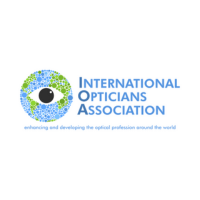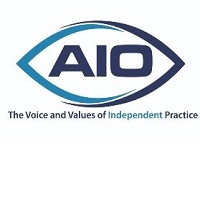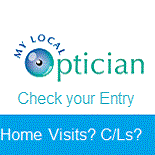Services for genetic eye disease
Eye disorders that lead to blindness or near-blindness cause serious disability.
A small but significant proportion of such cases in the UK are due to inherited (genetic) forms of eye disease.
Genetic factors are also thought to be involved in the more common forms of eye disease, such as age-related macular degeneration; these disorders are not inherited, but it may be possible to inherit an increased chance of eventually developing them.
Progress in scientific understanding of these conditions is leading to new opportunities for diagnosis and treatment of specific conditions, especially for the rarer, genetic forms of eye disease. UK-based health policy research organisation the PHG Foundation recently got together a group of experts (including doctors, ophthalmologists, geneticists, and representatives of patient groups and charities to consider the effect of these changes on the NHS.
The study looked at current specialist services for genetic eye disorders in the NHS, and in particular, assessed how current ophthalmology services may need to change in response to new understanding about genetic factors in rare and common forms of eye disease, and to emerging technologies for diagnosis and treatment.
An Example
Retinitis Pigmentosa (RP)
An inherited disease caused by gene defects instructing the cells in the retina to miss fire. There are a number of hereditary routes to RP, either male only with females as carriers (X linked) familial inheritance where both male and female siblings have a 50% chance of suffering RP from one of their parents and recessive inheritance where two carriers create a 25% chance of a sibling with RP whilst there appears to be no familial link.
There is no cure for RP although many find its onset (between 10 and 30 years old) to be very slow.
The malfunction can start with central vision but in many cases vision is loss from the outside in creating the effect of tunnel vision.
Early symptoms are of poor vision in dimly lit areas and in its later stage glare from light sources can occur. It can be linked to a number of other disabilities which are normally denoted as syndromes. Ushers syndrome for example demonstrates hearing impairment as well as RP.
RP sufferers are more prone to cataracts.
There are connected syndromes to poor hearing or total deafness.
Hope is definitely here today with trials of retinal stem cells











